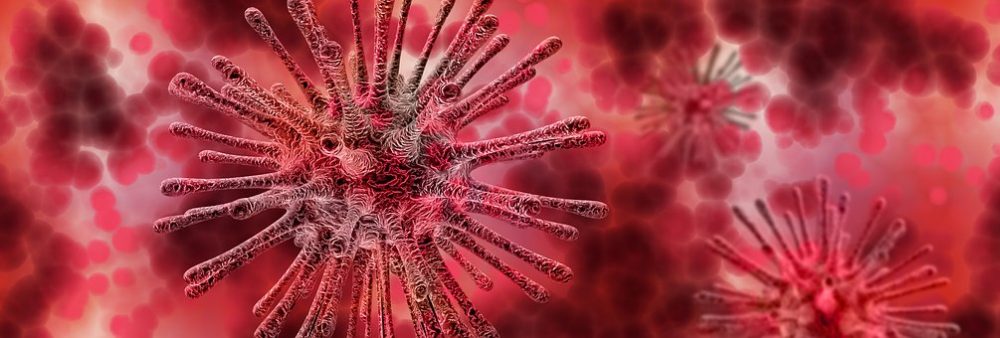DE FAAKTO OUTBREAK INTELLIGENCE
SITUATION-MEASLES EUROPE
BACKGROUND-MEASLES REPORTED IN 42 COUNTRIES EUROPEAN REGION
The World Health Organization is Reporting,
Key Points
- 34 300 measles cases in the first 2 months of 2019
- 42 countries of the WHO European Region have reported measles
- 13 measles-related deaths in Albania, Romania and Ukraine
- Majority of cases are reported in Ukraine, with more than 25 000 cases
- 28 March 2019, the WHO European Region reported a total of 83 540 measles cases
- There were 74 measles related deaths for 2018
- Compared to 25 869 measles cases and 42 deaths in 2017 & 5 273 cases and 13 deaths in 2016
- Countries with measles outbreaks have experienced a range of challenges in recent years including a decline or stagnation in overall routine immunization coverage in some cases, low coverage at subnational level or among some marginalized groups and immunity gaps in older populations. Most cases are occurring in unvaccinated or under-vaccinated individuals (WHO)
WHO Risk Assessment
- Measles is a highly contagious viral disease
- One of the leading causes of morbidity and mortality among young children globally, despite the availability of a safe and effective vaccine
- Transmission from person-to-person is airborne, as well as by direct or indirect contact of secretions (nasal, throat) of an infected person
- The virus can cause widespread outbreaks in the presence of large numbers of susceptible persons
- Even with implementation of outbreak response measures, measles continues to circulate in the European Region as a result of suboptimal vaccination coverage and population immunity gaps
- If outbreak response is not timely and comprehensive, the virus will find its way into more pockets of vulnerable individuals and potentially spread to additional countries within and beyond the Region
- Measles has also been reported among health workers and nosocomial transmission has contributed to some outbreaks
- The impact on public health will persist until the ongoing outbreaks are controlled, routine immunization coverage is continuously high (≥ 95%) and immunity gaps in the population closed
- As long as measles continues to circulate anywhere in the world, no country can avoid importation
- Countries can protect their populations through high routine and supplemental immunization coverage of susceptible individuals (WHO)
About Measles
- Symptoms of measles, usually appear 10-12 days after infection
- High fever
- Runny nose
- Red eyes
- Cough
- Tiny white spots on the inside of the mouth
- A few days later, a rash develops, starting on the face and upper neck and gradually spreading downwards.
- Patient is usually infectious 4 days before the start of the rash to 4 days after the appearance of the rash
Treatment
- There is no specific antiviral treatment for measles
- Vaccination is the only way to prevent the disease
- High vaccination coverage of at least 95% with two doses of measles vaccines in all population groups and age cohorts at national level and in all districts is crucial to elimination
- Health workers should be vaccinated, including those with an uncertain vaccination status and no or unknown history of disease
WHO https://www.who.int/csr/don/06-may-2019-measles-euro/en/
WHO https://www.who.int/en/news-room/fact-sheets/detail/measles
CDC https://www.cdc.gov/measles/about/signs-symptoms.html
CDC https://www.cdc.gov/vaccines/parents/diseases/child/measles.html






